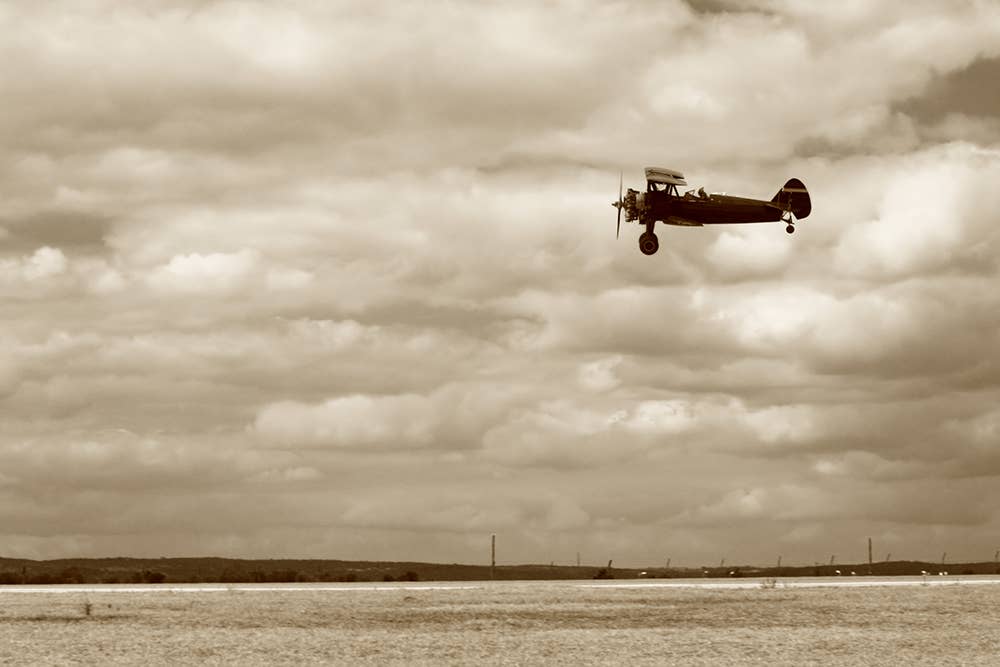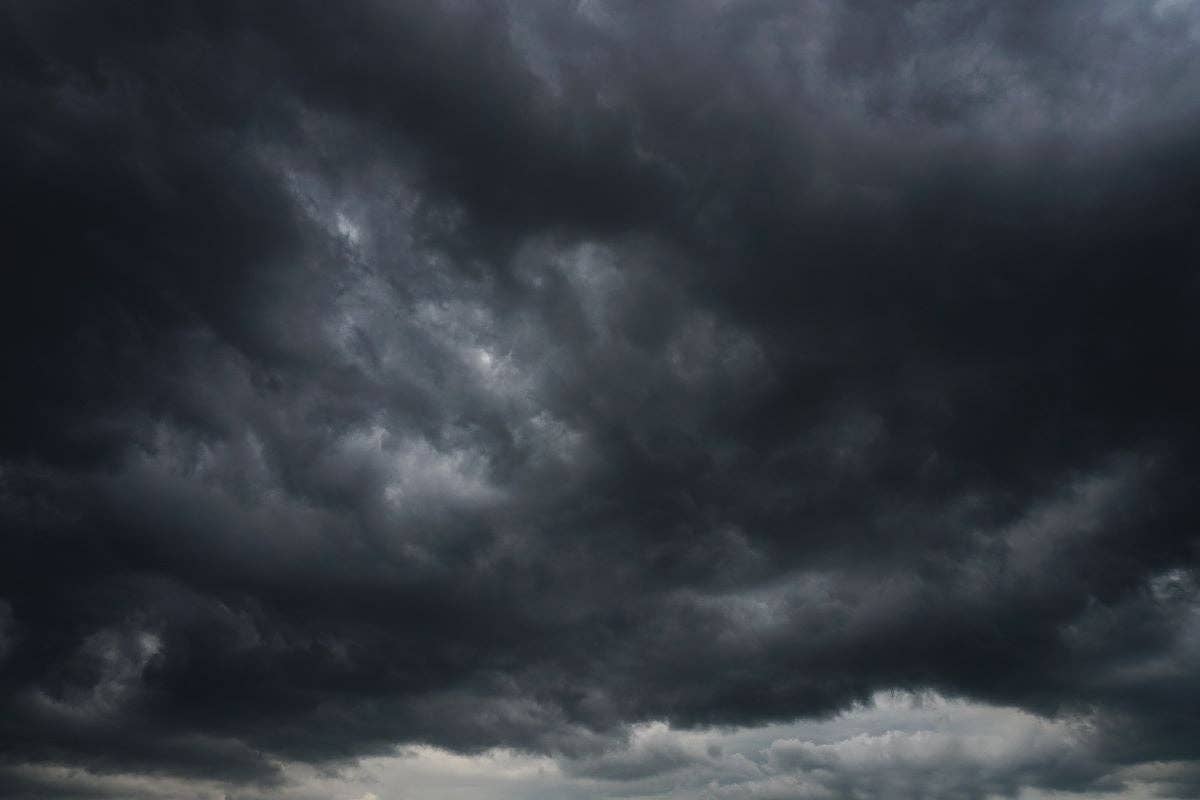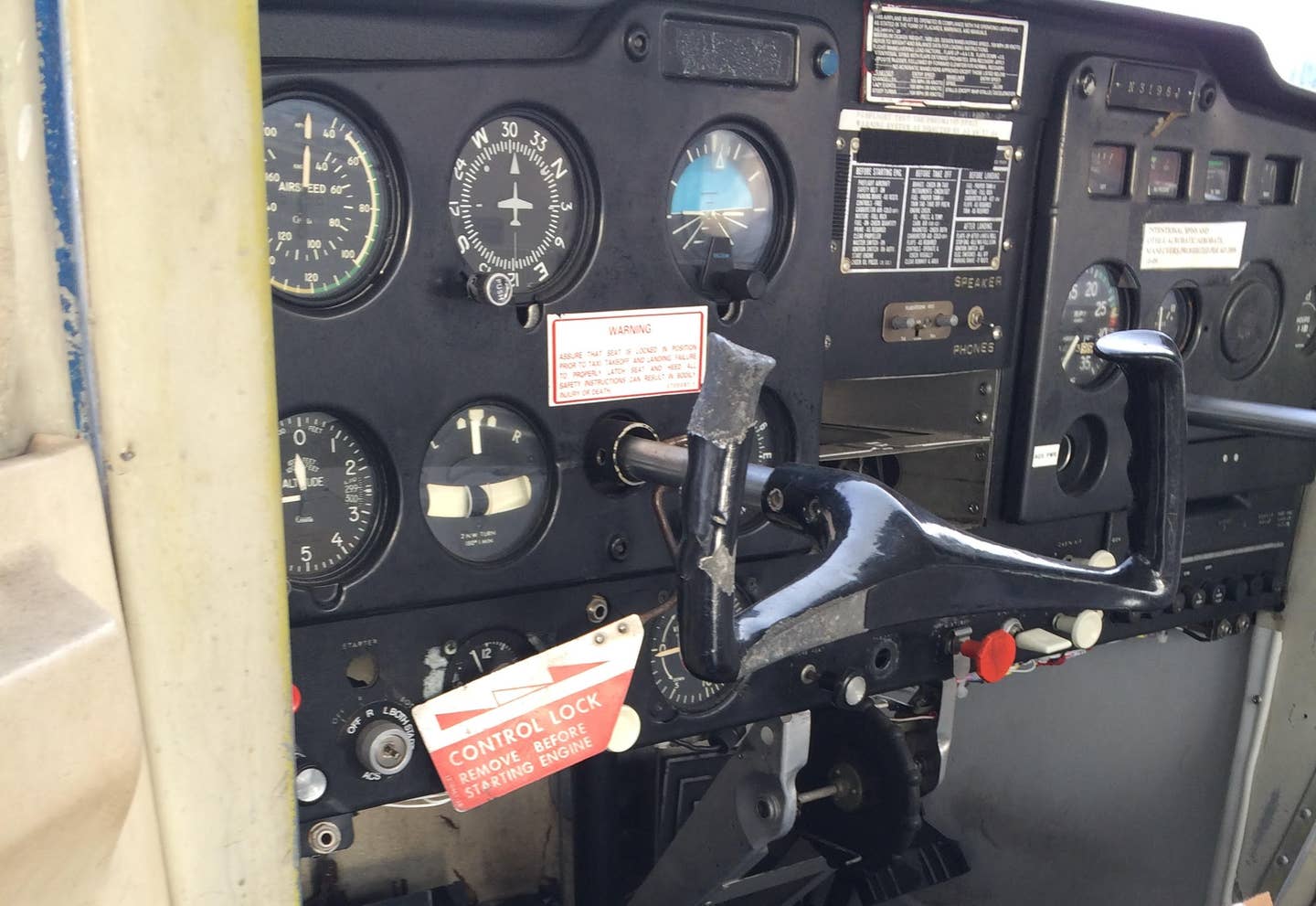Checking the Weather Is More Than Looking Out the Window
Learning how to access weather reports and interpret them is a foundational lesson.

While looking up at the sky comprised a weather briefing during the golden age of aviation, it just doesn’t cut it now. [File photo: iStock]
"Have you checked the weather?"
My fellow instructors, how many times have you asked this question? How many times has someone asked you that? The ability to access weather information and more importantly, correctly interpret it, is critical to the aviation process. Without this skill, the ability to make a go/no-go decision becomes suspect at best. Sadly, the task of obtaining a weather briefing and the ability to interpret the briefing is one of those skills that often wanes dramatically after the acquisition of a private pilot certificate because so many pilots 'only fly on nice days'.
When there is an accident or incident, the investigating authorities look at the weather. An NTSB investigator told me that when there is no record of the accident pilot obtaining a weather briefing, the question begs what else did the pilot skip? I believe him. I have spent 16 years writing accident reports culled from NTSB reports, and noted that most of them started with the phrase, "There was no record of the pilot obtaining a weather briefing before the accident flight."
“I'm a big believer in metrics for weather. The phrase 'it looks pretty good' makes me cringe.”
Looking out the window does not constitute a weather briefing. There's a lot more to it, and your CFI wants you to know how to obtain weather information from an FAA-approved source.
As of this writing, the FAA has not defined what constitutes a “legal or official” weather briefing, but many CFIs teach their learners to use a weather product that requires a discreet log in, 1800WX BRIEF.com for example. Why? Because if the worst happens and there is an accident or incident, there will be a record to show that the pilot checked the weather.
When you get a weather briefing, note the ceilings, visibility, possible icing, winds aloft and at surface, and note the VFR and IFR weather near us if appropriate, density altitude, AIRMETS, NOTAMs, etc.
Note which direction the weather is coming from. Either print it out, download it, or write it down and have it with you in the cockpit. My U.S. Air Force Academy-trained instructor drilled this level of detail into me—always have a plan to divert if the weather surprises you—and use the information gathered during the briefing to identify where you will go.
Sometimes this level of detail is off-putting. I have worked at flight schools that required the renters to sign off that they have checked the weather prior to flight, checked NOTAMs, and computed the aircraft's performance given the current weather conditions before they were given the aircraft dispatch book. A renter once remarked that was an awful lot of work to do when he just wanted to do a few laps in the pattern. The dispatcher, who was not a pilot, told the client the rules “were an insurance thing.” Later, I heard from another employee that the rules came to be after two CFIs, a commercial candidate, and another client did a spur-of-the-moment cross country flight in the school’s twin and flew into deteriorating conditions. The aircraft iced up. The CFIs diverted to the nearest airport—they broke out of the clouds too far down the runway to execute a safe landing and crashed. One of the pilots was killed. When accidents like this happen, it's not uncommon to look at the business procedures to determine if there is a weak link in the accident chain and develop procedures to eliminate it.
Making the clients do “homework” before a flight and sign off that they did this homework can help defend the flight school when someone tries to take legal action against the FBO or school claiming the school should not have allowed the client to take the airplane on that particular day or night.
I'm a big believer in metrics for weather. The phrase 'it looks pretty good' makes me cringe—what is the ceiling in a “looks pretty good?” What is the visibility? The position of fronts? The outlook?
The metrics for MVFR and IFR, etc., can be found in the AIM, in Chapter 7. Nowhere in that chapter will you find the words “pretty good.” Many CFIs make a point of taking the learners up on MVFR days, if for no other reason they will develop a greater respect for weather and often it drives them to acquire an instrument rating—just in case the MVFR goes really marginal or drops to IFR.
CFIs, keep your instrument skills sharp in case you have to use them on these days.
It's wonderful when learners are able to apply their life experience to the weather briefing. One of my learners went out to do their preflight inspection. He obtained a weather briefing earlier in the day and had noted the remark PRESFR, which stands for “pressure falling rapidly.” PRESFR usually means a storm is approaching—maybe even one with potentially hazardous weather. The learner wanted to get a few laps in the pattern before the weather deteriorated.
A moment later, he was back inside, beckoning me to come outside to see the clouds. An ominous dark wall of clouds were approaching the airport from the southwest. The learner had grown up on a farm in Iowa, and informed me that when they saw clouds like that it usually meant it was time to get into the basement because a twister was on the way, so he decided to stay on the ground.
We rarely get tornadoes on the west side of Washington state, but on this day we did. The wall moved quickly. In less than ten minutes those black cumulonimbus clouds were over the airport dropping sheets of hail. The wind shook the building. Later we learned a water spout and a few tornadoes were spawned. One touched down about a mile from the airport creating minor damage at the Boeing plant, and another destroyed a barn belonging to the family of one of my ground-school learners.
The following day in ground school all the learners took greater interest in weather.

Subscribe to Our Newsletter
Get the latest FLYING stories delivered directly to your inbox






